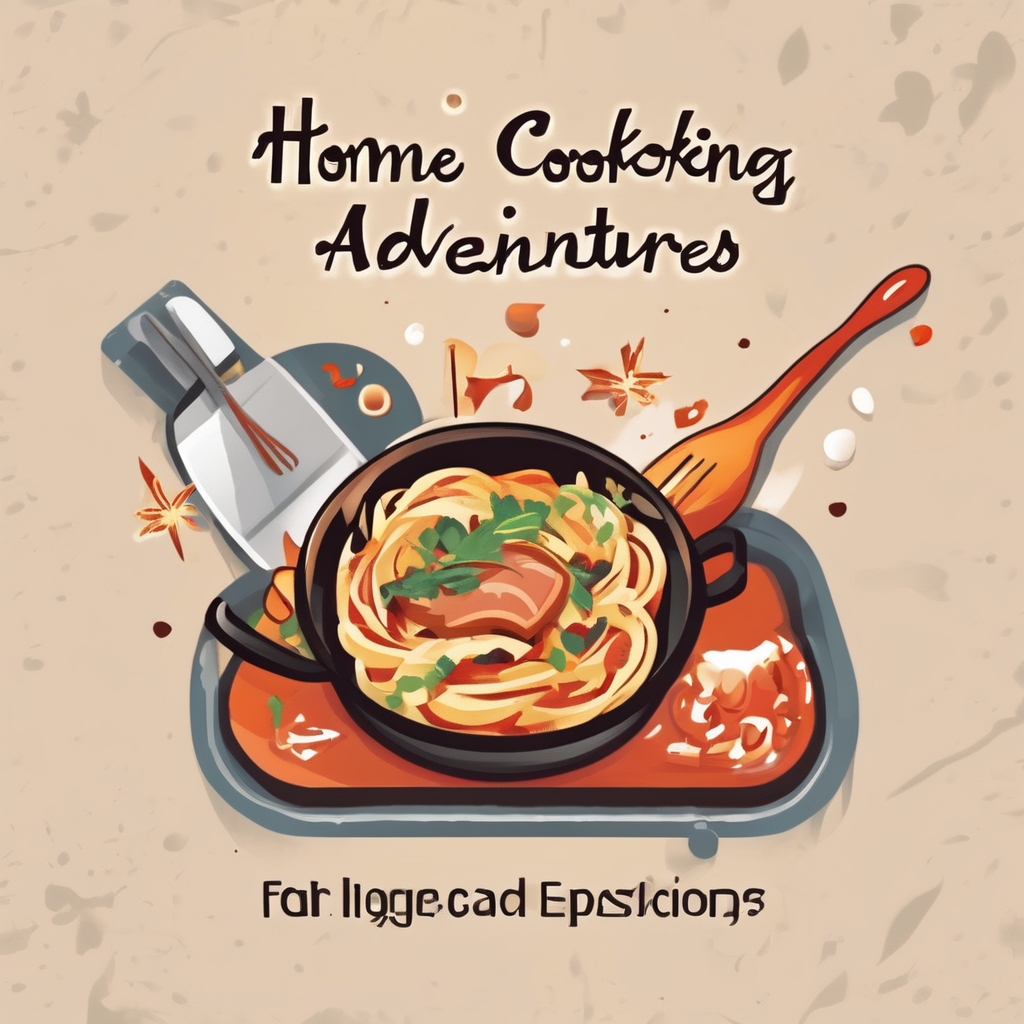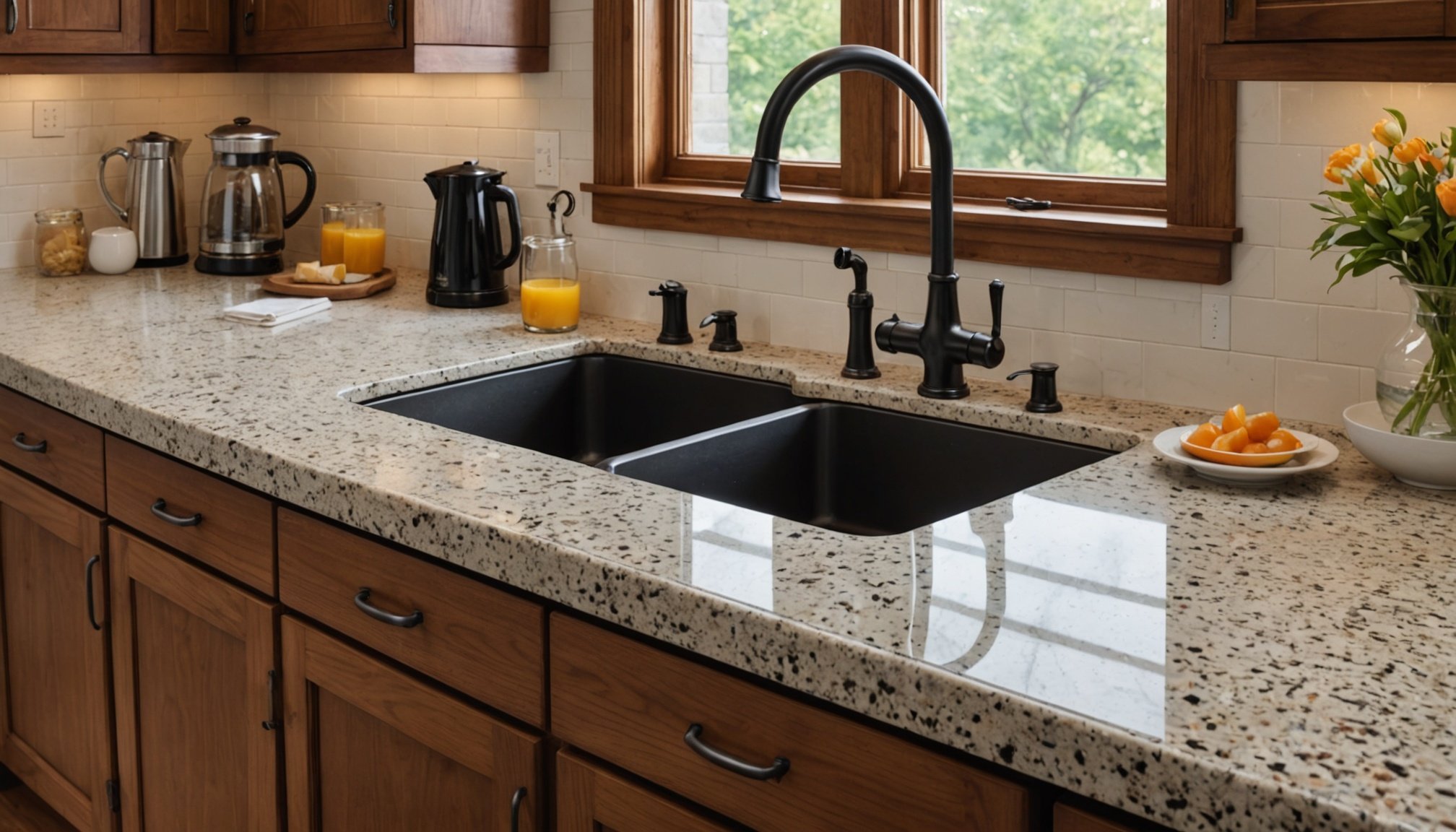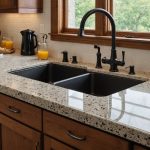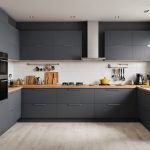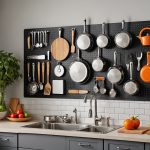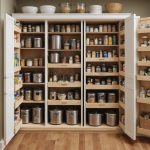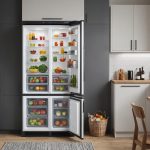Overview of Creative Countertop Edge Designs
When considering home design, countertop edge designs play a crucial role in shaping a kitchen or bathroom’s overall aesthetic and functionality. These edges are not merely decorative; they impact the usability and safety of the surfaces they adorn. The right choice of countertop edge can elevate the design, offering both practical and stylish edges that cater to diverse preferences and needs.
One of the primary advantages of innovative edges is their ability to blend form and function. While aesthetic value is undoubtedly a priority, ensuring that edges are safe and durable is equally essential. The dual benefits of aesthetics and functionality often determine a homeowner’s choice. Choosing the right edge can help minimize injury risks, especially in homes with children, by opting for rounded or bullnose designs.
Topic to read : Revamp your family kitchen: the ultimate step-by-step blueprint for embracing a zero-waste lifestyle
Current trends highlight the move towards more innovative edges, merging modern styles with classic appeal. Beveled, ogee, and waterfall edges are gaining popularity for their ability to add refinement while being easy to maintain. These designs show how homeowners are moving beyond traditional options, seeking unique finishes that offer both elegance and practicality.
Popular Countertop Edge Styles
Choosing the right countertop edge is crucial for merging aesthetics with practicality. Let’s explore some popular edge styles that complement both contemporary designs and traditional forms.
In parallel : Revamp your culinary oasis: an inspiring guide to modular kitchen designs for seamless upgrades
Beveled Edges
Beveled edges are distinct with their angled cut along the top edges of the countertop. This design exudes a sophisticated and contemporary look, perfect for modern kitchens. It’s also practical as it minimises damage from chipping over time by eliminating sharp 90-degree edges. Ideal materials for beveled edges include granite and quartz, which seamlessly hold the shape and enhance durability.
Eased Edges
For those seeking subtlety, eased edges offer a gentle, rounded finish at the countertop’s perimeter. This style merges well with a broad spectrum of kitchen decor, both contemporary and traditional. A primary benefit is its ability to mitigate injuries from sharp corners, making it suitable for family spaces. Eased edges work exceptionally well with materials like laminate and marble, which enhance their soft, clean aesthetic.
Bullnose Edges
Bullnose edges, characterised by their fully rounded shape, lend a traditional edge to kitchen designs. Their smooth contours prevent liquid spills from seeping over the edge, offering both aesthetic benefits and practicality. Solid surface materials, such as quartz and solid wood, are recommended for maintaining the style’s integrity and durability.
Materials Used for Countertop Edges
Choosing the right edge materials for countertops is crucial to achieving both aesthetic appeal and functionality in a kitchen or bathroom. Among the common countertop materials, granite, quartz, and marble each offer distinct benefits.
Granite is renowned for its exceptional durability and maintenance ease. It withstands high heat and resists scratches, making it ideal for busy environments. Its natural patterns add elegance but require sealing to prevent stains.
Quartz, on the other hand, is non-porous and resists staining without needing a sealant. This engineered stone replicates the look of natural stones, offering versatile edge design options. Its durability makes it a practical choice for households seeking low maintenance.
Marble, known for its timeless beauty, provides an exquisite polish that enhances edge detailing. However, it is more prone to scratches and etching from acidic spills. It suits spaces where aesthetics take precedence over practicality.
When selecting edge materials, consider the style and usage of your kitchen or bathroom. For a classic look, marble edges complement vintage designs. High-traffic areas benefit from the robustness of granite or quartz. Ultimately, balancing style with functional needs, while weighing material advantages, guides informed decisions.
Practical Benefits of Creative Edges
Creative edges on various products offer notable practical advantages. These designs are essential for spill minimization, ensuring that day-to-day living is both efficient and mess-free.
Different edge designs contribute significantly to spill prevention. For instance, a raised lip around the perimeter of a tray or shelf can catch liquids before they overflow, reducing the frequency and severity of spills. Similarly, curved or flared edges on dishware guide substances back towards the center, enhancing control during serving and dining.
These designs are not only about aesthetics; they play a critical role in user-friendly designs. Many users appreciate products with thoughtful features that simplify their daily routines. For example, easy-to-grasp edges on kitchen utensils aid in efficient handling and reduce the likelihood of accidents.
Maintenance of these edges is also a pivotal consideration. Most creative edge designs are engineered to be easy to clean. Smooth finishes and detachable components facilitate the wiping away of spills, or crumbs, fostering convenience and hygiene.
Individuals who have integrated edge-enhanced products into their lives often express satisfaction. One user’s testimonial noted that the practicality of spill management in their kitchen has led to a more organized and stress-free environment. Such endorsements speak to the widespread appreciation and effective usability of these innovative designs.
DIY Edge Design Ideas
Embarking on a DIY countertop edges project can elevate your home improvement projects. Whether you’re a novice or a seasoned DIYer, customizing your edges is a rewarding endeavour. Below, find some guidance to help you begin.
First, gather the right materials and tools. Visiting local hardware stores or exploring online platforms dedicated to home improvement projects might provide you with both resources and ideas. You will need essential tools like sanders, drills, and edge-forming pieces. Each of these plays a crucial role in achieving the desired edge finish.
For edge customization, step-by-step guides can be particularly beneficial. Websites like DIY Network or YouTube channels specialising in crafts offer tutorials that break down complex procedures into manageable tasks. They often detail how to measure and mark your countertops, apply adhesive strips, and smooth out the edges for a perfect finish.
Draw inspiration from the creative inspirations of fellow enthusiasts. Platforms like Pinterest are brimming with examples from successful DIYers showcasing contemporary, rustic, or unique edge designs. They provide not just visual cues but also practical tips to ensure your project is not just aesthetic but also functional. Explore various styles and adapt them to fit your home’s look for a custom touch.
Professional Recommendations for Installation
Choosing the right edge designs can transform the functionality and aesthetics of countertops. However, when dealing with intricate or complex edge designs, seeking professional installation is a prudent decision. This ensures that the final outcome meets quality standards and seamlessly integrates with the existing setup.
Importance of Professional Installation
For complex projects, partnering with experts ensures precise cuts, angles, and fittings. Professional installation guarantees that every detail, from alignment to finishing, is meticulously handled. This minimizes potential errors and increases the longevity and appeal of the countertops.
Scheduling and Budgeting
When planning your project, consider the timelines for each phase. Schedule initial consultations early, especially if you’re working with high-demand professionals. Budgeting goes hand-in-hand with scheduling. If you understand costs upfront for materials, labor, and any additional services, it helps in avoiding unforeseen expenses and ensures a smooth installation process.
Tips on Finding Qualified Professionals
- Research: Look for professionals or services with a solid track record in edge designs.
- Credentials: Check for any certifications or affiliations.
- Reviews and Referrals: Customer feedback can provide insights into the professional’s reliability and quality of work.
Choosing the right professional ensures your countertop installation is not just a task but a successful transformation.
